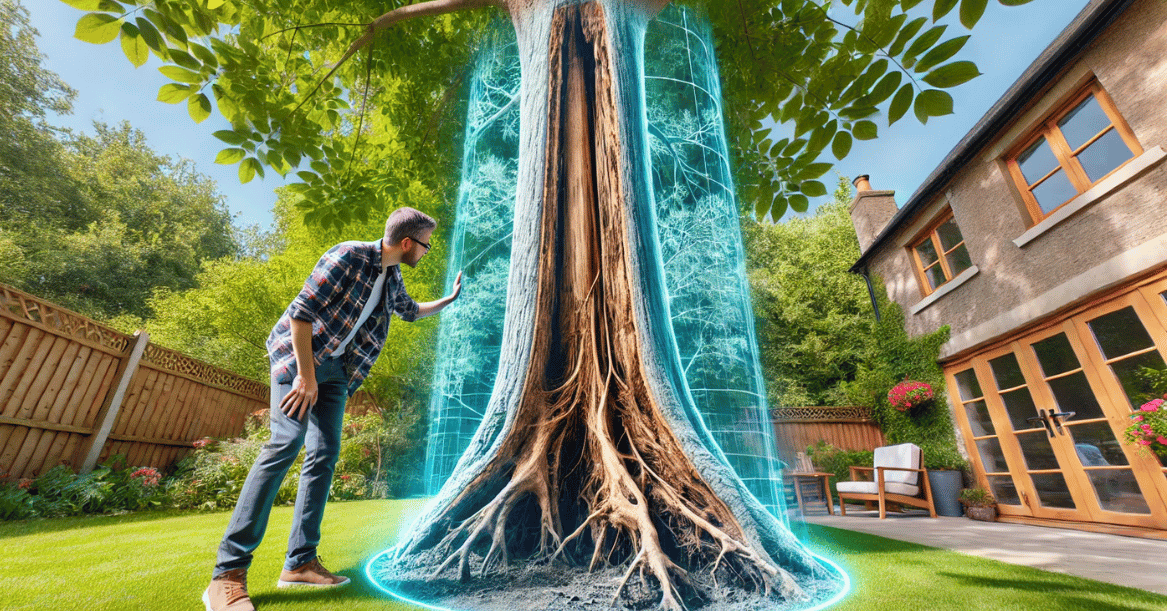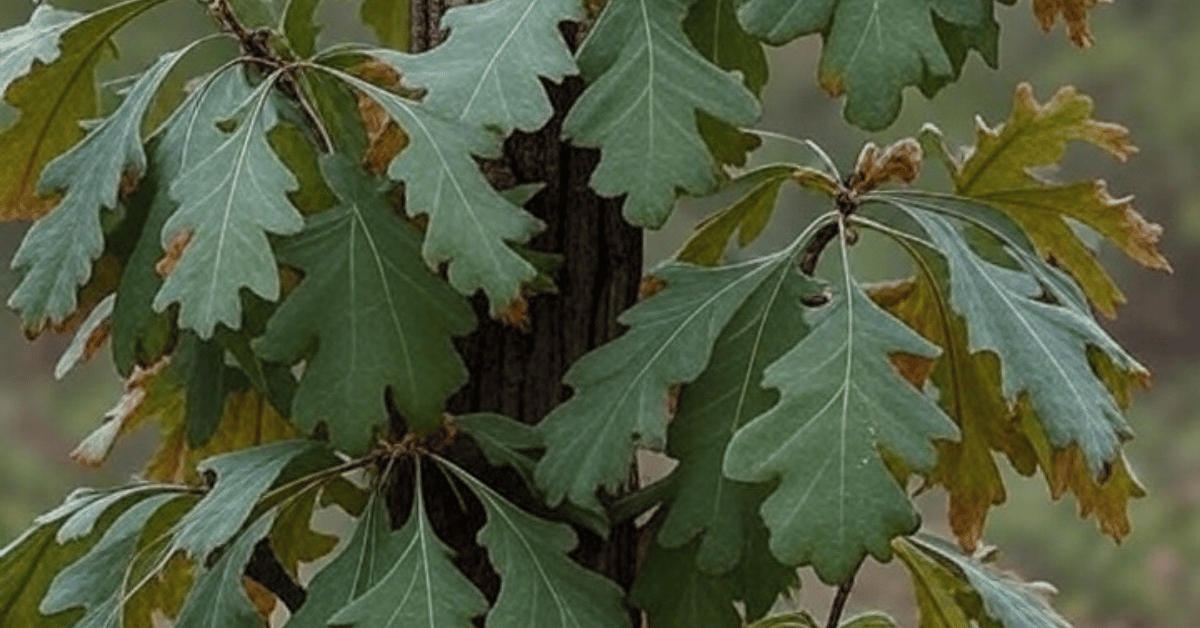One of the most confusing things in the field of tree care is the appearance of new growth from the trunk or branches, known as epicormic sprouting. It can be hard to understand why this happens and how it affects the tree's health.
These sprouts, often referred to as tree suckers, can appear mystifying to both tree owners and enthusiasts. At Strobert Tree Services, we're committed to not only providing top-tier tree care in Delaware, Pennsylvania, and New Jersey but also educating our clients on the intricacies of tree health, including the nature of epicormic sprouts.
What is Epicormic Sprouting?
Epicormic sprouts are shoots that emerge from dormant or adventitious buds on a tree's trunk, branches, or roots. These buds are usually latent but can activate and grow due to stress, damage, or environmental changes affecting the tree. Epicormic sprouting is a survival mechanism that allows a tree to rapidly produce new growth for photosynthesis, significantly if its canopy has been damaged or compromised.
The appearance of these sprouts can vary widely depending on the species of the tree. In some cases, they may be thin and twig-like, while in others, they can grow robust and leafy. Understanding the triggers and functions of these sprouts is crucial in managing tree health effectively.
Common Misconceptions About Tree Suckers
Several things that could be improved about epicormic sprouts can lead to improper tree care. Here are some of the most common ones:
- All sprouts are harmful: Not all epicormic sprouts threaten a tree's health. They are often a sign of the tree's attempt to recover from stress or injury. However, their growth should be monitored as excessive sprouting can indicate significant stress or damage.
- Sprouts steal nutrients from the main tree: While it is true that sprouts can compete with the main branches for nutrients, they also contribute to the photosynthesis process, which benefits the overall health of the tree, especially in recovery scenarios.
- Cutting off sprouts harms the tree: Removing epicormic sprouts does not inherently harm the tree, but it must be done carefully and thoughtfully. Improper pruning can lead to more damage and stress, potentially causing more sprouts to emerge.
Should Epicormic Shoots Be Removed?
The decision to remove epicormic shoots depends mainly on the tree's health and the tree owner's goals. Here are some factors to consider:
- Health of the tree: If a tree is healthy and the sprouts are not abundant, they can be left alone. However, if the tree is stressed and there are numerous sprouts, they need to be managed to conserve the tree's resources.
- Aesthetic considerations: For many property owners, the appearance of sprouts can be undesirable. Removing these shoots can help maintain the tree's desired shape and appearance.
- Safety concerns: In some cases, sprouts can grow into weak limbs prone to breaking. Removing these can mitigate safety hazards, mainly if the tree is near buildings, walkways, or public areas.
At Strobert Tree Services, we recommend consulting a professional arborist to determine the best action for managing epicormic sprouts. An expert can assess the specific situation of your tree and provide tailored advice and services.
Contact Strobert Tree Services
For expert tree care advice and services in Delaware, Pennsylvania, and New Jersey, look no further than Strobert Tree Services. Our team of certified arborists is equipped with the knowledge and tools to handle all aspects of tree care, from routine maintenance to complex tree health assessments.
Whether you're dealing with epicormic sprouts or other tree health issues, we are here to help. Contact us today to learn more about our services or to schedule a consultation with one of our tree care professionals. We're committed to preserving the health and beauty of your trees with the utmost professionalism and expertise.











